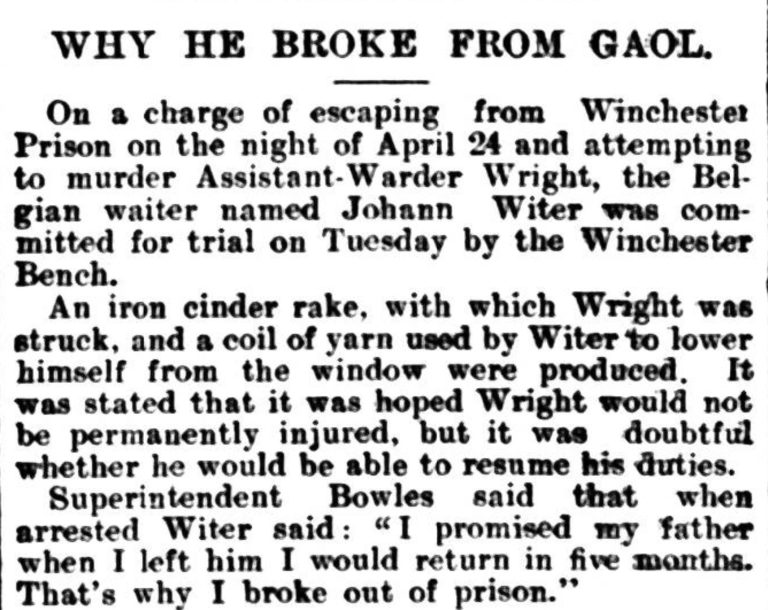
175 years of prison history
Rising crime was of concern in Victorian Britain. Offences had risen steeply from 5,000 a year in 1800 to 20,000 in 1840 in England. Deportation to America, Australia or Tasmania was common. Over 200 crimes were punishable by death.
The Prison Act of 1839 proposed the building of new prisons. Foundations for Winchester Prison were laid in 1846.
The life of a prisoner
Victorian prison life was harsh. Prisoners were isolated from each other, kept alone in cells and forced to do hard labour. The prison population was a mix of segregated men and women.
Prisoners were expected to work long hours, with tasks including oakum picking, mat-making, weaving, and cleaning and maintenance around the prison. Flogging was common.
Execution by hanging
Public hangings provided locals with a gruesome spectacle at Winchester Prison until they were prohibited by the Capital Punishment Amendment Act of 1868.
Private hangings within Winchester Prison continued until 1965, when the Murder (Abolition of Death Penalty) Act9 suspended the death penalty for murder and permanently abolished it in 1969.



We need your consent to load the translations
We use a third-party service to translate the website content that may collect data about your activity. Please review the details in the privacy policy and accept the service to view the translations.